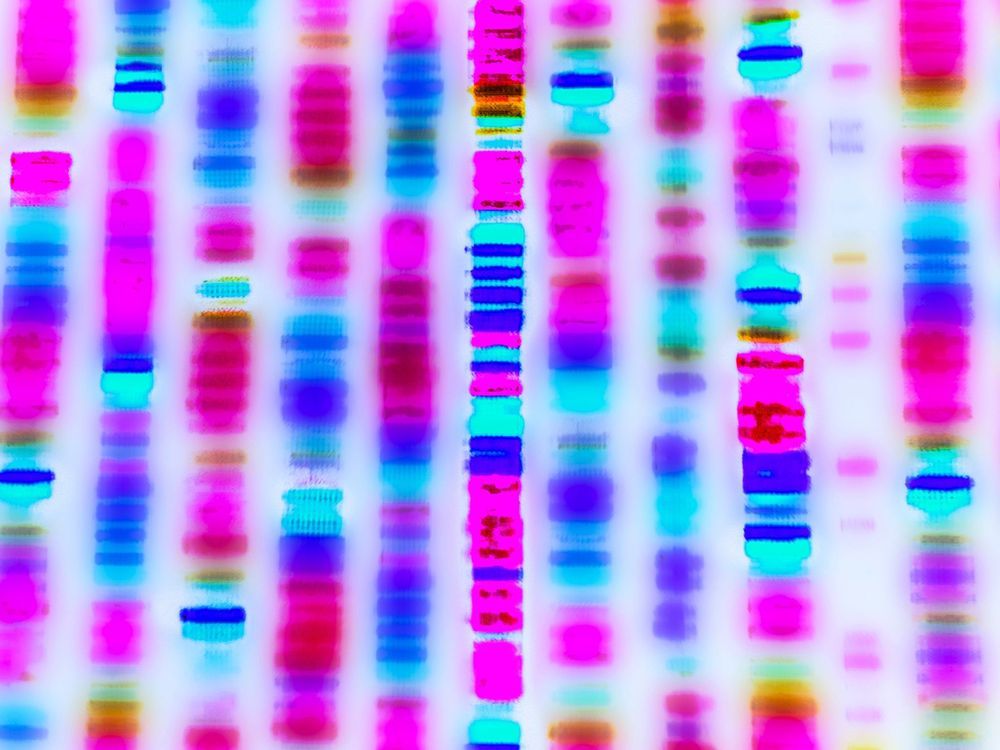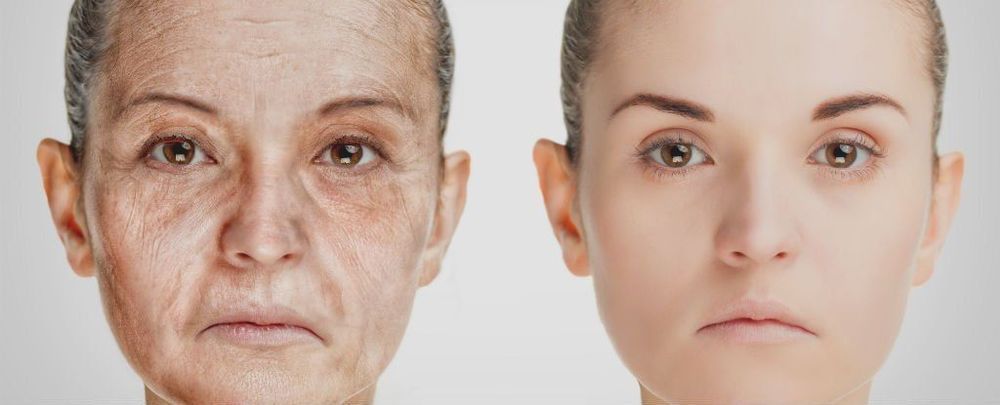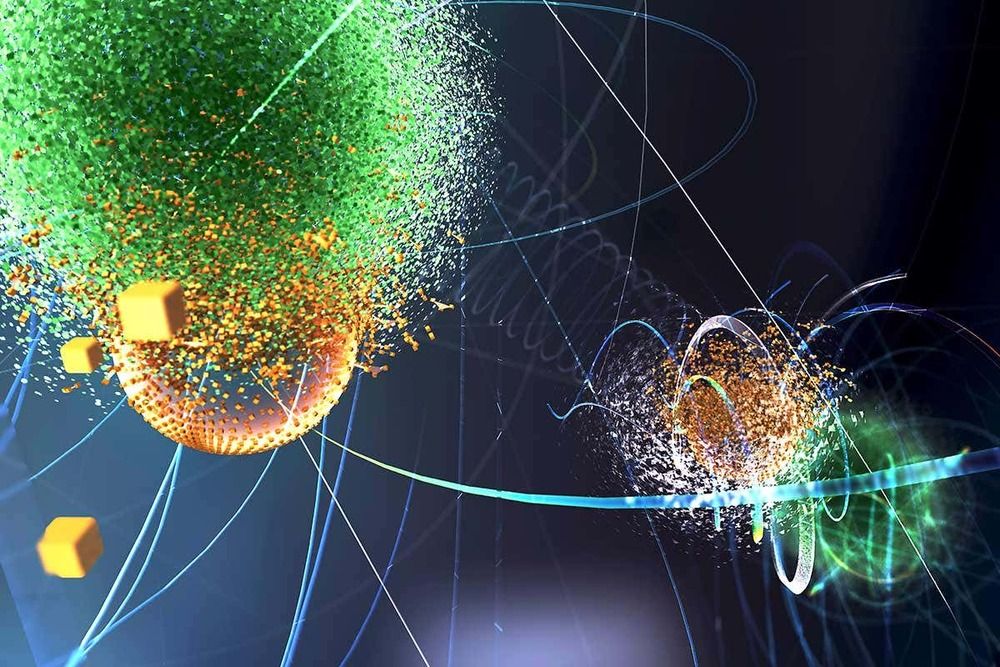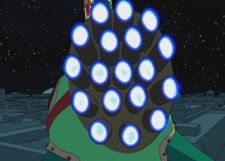O.,o.
The Red Angel was an entity sought by both Starfleet and Section 31 in relation to a series of mysterious red bursts that occurred in the late 2250s. The crew of the USS Discovery adopted the term “Red Angel” from Spock, who had encountered her during his youth. ( DIS : “ Point of Light ”, ” An Obol for Charon ”)
While Starfleet could not link its appearance to any known winged or avian lifeforms in the Federation, it became gradually clear that the Red Angel was a time traveler operating a suit developed under the Daedalus Project by Section 31. It was ultimately discovered that the Angel was in fact two separate entities wearing different time-travel suits, and their identities were later determined to be Gabrielle Burnham and a future version of her daughter Michael. The former had attempted to prevent Control from taking over the galaxy, while the latter set the red bursts in order to guide Discovery’s mission in a way conducive to defeating Control. ( DIS : ” An Obol for Charon ”, ” The Red Angel ”, ” Such Sweet Sorrow, Part 2 ”)







